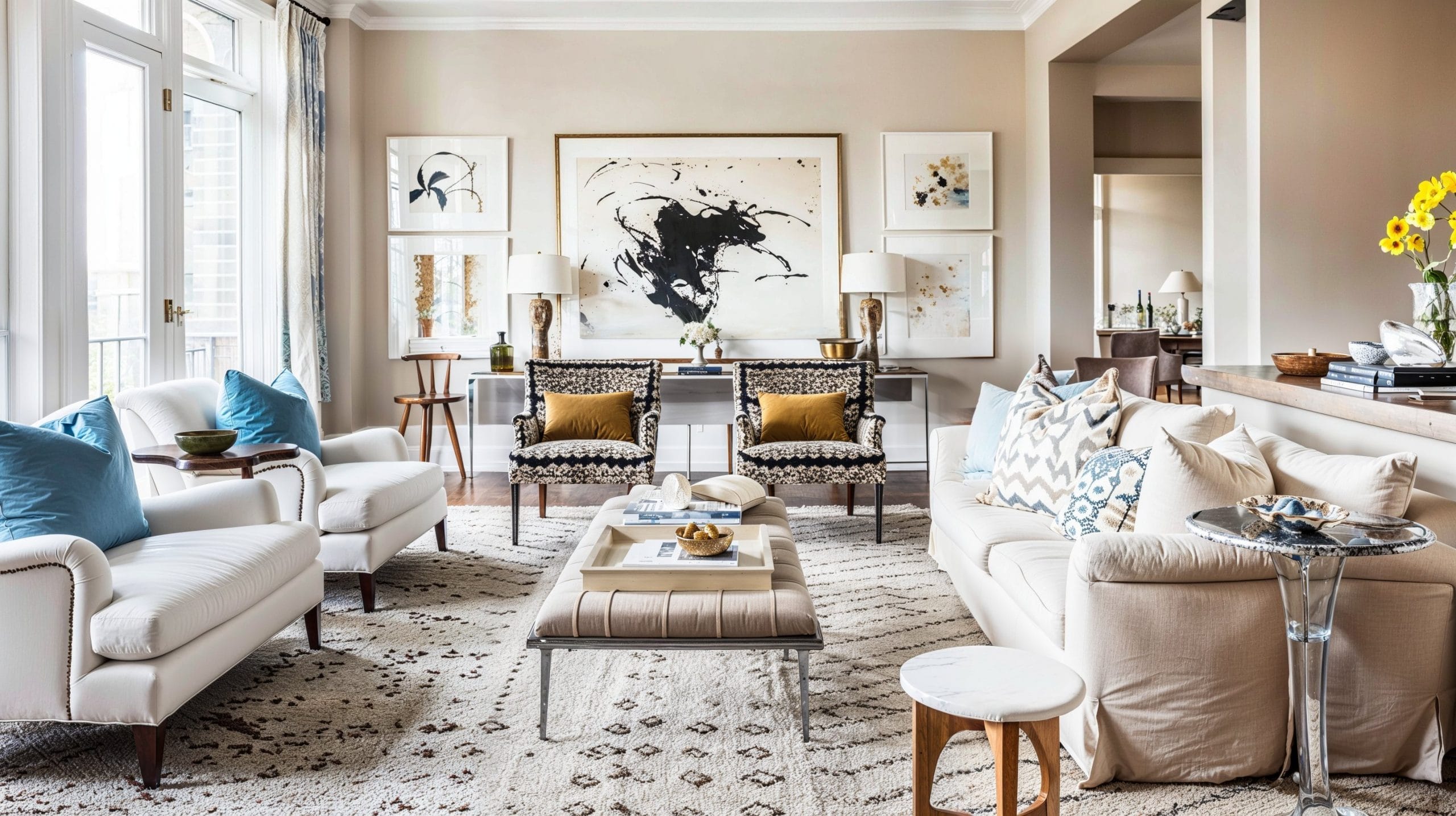Experience luxury interior design for an elegant touch.
Experience luxury interior design for an elegant touch.
Blog Article
Transform Your Home With Essential Principles of Interior Decoration and Aesthetic Appeals
By comprehending the effect of shade theory and the relevance of appearance and patterns, one can produce rooms that are not just visually enticing yet also deeply personal. Attaining this equilibrium involves even more than mere decor; it incorporates a strategic arrangement and an eager understanding of how each aspect engages within a space.
Recognizing Shade Theory
Recognizing the principles of color theory permits designers to create spaces that reverberate mentally with owners while fulfilling practical needs. Each group plays an important role in developing harmony within an area.
The mental impact of colors is extensive; warm shades such as reds and oranges evoke energy and warmth, while cool tones like blues and environment-friendlies promote calmness and harmony. The usage of corresponding shades boosts aesthetic rate of interest, creating striking contrasts that can raise a room's appeal.
Neutral shades, on the various other hand, function as a flexible backdrop, permitting various other layout elements to shine. It is important to consider factors such as lighting and the room's function when selecting a color palette, as these can alter the perception of colors throughout the day.
Inevitably, a well-considered color design can change a space, promoting a sense of comfort and design that lines up with the occupants' choices. Mastery of shade concept is, therefore, an essential ability for any kind of indoor designer intending to produce unified and welcoming settings.
Accomplishing Equilibrium in Style
Just how can designers achieve a feeling of equilibrium in their rooms? Accomplishing equilibrium in design is essential to creating harmonious insides. Designers can utilize three primary sorts of balance: in proportion, asymmetrical, and radial. In proportion balance entails arranging components uniformly around a main factor, cultivating a feeling of order and peace. This kind frequently includes sets of furniture or art work, boosting aesthetic security.
Unbalanced equilibrium, on the other hand, relies on differing components that still achieve a cohesive look. This method permits more vibrant and casual arrangements, supplying passion while maintaining stability. By carefully picking differing sizes, shades, and appearances, developers can produce an aesthetically compelling area that really feels well balanced yet energised.
Radial equilibrium highlights a main prime focus with elements emitting exterior. This design is frequently seen in circular designs, where furniture and decor create a natural surround that draws the eye internal.
Eventually, achieving equilibrium calls for thoughtful consideration of scale, proportion, and the connections between components. interior design firms. By masterfully using these balance principles, developers can change rooms into environments that feel both visually pleasing and functionally unified, improving the general experience for passengers
Relevance of Spatial Recognition

A keen sense of spatial understanding allows designers to determine centerpieces within an area, leading the audience's focus to essential functions while preserving a general sense of unity. It additionally aids in the strategic more positioning of lights, which can drastically affect the perception of room and mood. Recognizing spatial relationships enables the designer to provide to the specific needs of inhabitants, ensuring that each area serves its desired function without endangering aesthetics.
Inevitably, spatial awareness is essential for making best use of the potential of any kind of interior room. By thoroughly taking into consideration the interaction between dimensions, layout, and function, designers can create environments that not just meet functional requirements but additionally evoke a feeling of convenience and elegance, boosting the overall living experience.
Incorporating Texture and Patterns
Embracing a diverse range of structures and patterns can considerably improve the aesthetic and responsive allure of an interior room. The critical usage of various products-- such as timber, steel, textile, and rock-- develops depth and rate of interest, making a space really feel more welcoming and vibrant. Incorporating smooth surface areas with rough structures can develop an equilibrium that draws the a knockout post eye and engages the detects.
When integrating patterns, consider both range and repeating. Huge patterns can act as focal factors, while smaller sized, refined layouts can complement other components without frustrating the area. Layering patterns, such as pairing flower pillows with candy striped tosses, includes complexity and a feeling of harmony if executed thoughtfully.
It is likewise vital to maintain a natural color combination, ensuring that appearances and patterns collaborate as opposed to complete for focus. By selecting a couple of key appearances and patterns, you can develop a combined visual that mirrors your individual design while enhancing the overall atmosphere of the room. Eventually, the mindful unification of these components can change an ordinary area right into an advanced setting abundant with personality and heat.
Personalizing Your Room
Producing an area that reflects your individuality is important to attaining an absolutely welcoming environment. Customization in indoor style enables you to infuse your special style and interests into your home, changing it from a simple shelter into a sanctuary that talks with that you are. Begin by picking a shade palette that resonates with your emotions-- vibrant colors can stimulate, while soft tones use serenity.
Include artwork and decoration that reflect your interests, whether it be travel, nature, or abstract concepts. Presenting individual collections, such as books, photos, or keepsakes, can evoke treasured memories and from this source produce prime focus within an area. In addition, take into consideration personalizing practical items, like upholstered furnishings, to align with your aesthetic preferences.

Final Thought
To conclude, the makeover of a home via the vital concepts of indoor layout and looks requires a detailed understanding of color concept, equilibrium, spatial recognition, texture, and personalization. Each component adds dramatically to producing a harmonious and functional living environment - miami interior design. By attentively incorporating these principles, people can enhance the visual allure and emotional resonance of their spaces, ultimately promoting a home that shows distinct identities while giving comfort and usefulness
Report this page